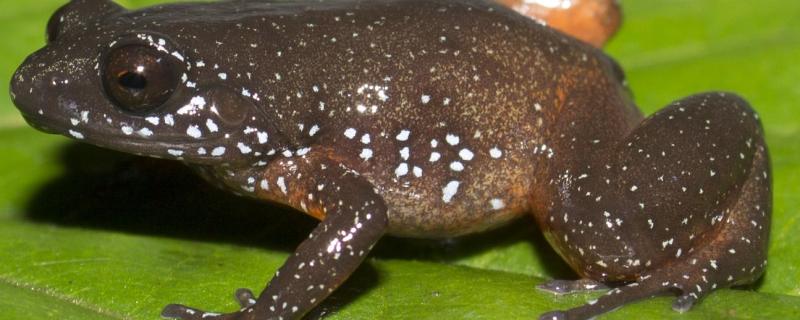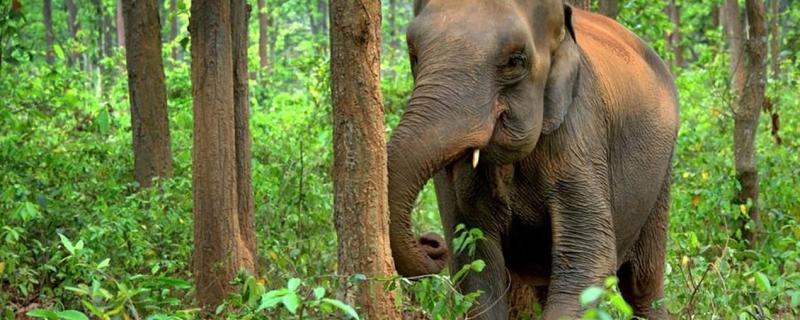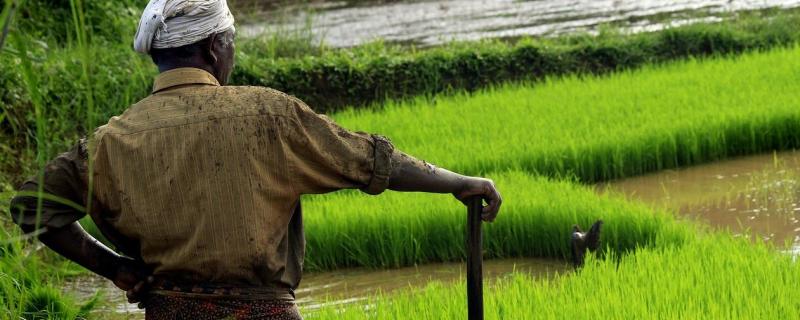How do scientists proclaim an ecosystem like the Western Ghats as an ‘biodiversity hotspot’ and push for its conservation? They do so by ‘ecological sampling’, a technique used to find diversity and abundance of animals and plants in a habitat. They collect samples of plants and animals from different locations within an area and extrapolate the possible biodiversity that exists in the area.
Ecology
The forests of the Western Ghats, a biodiversity hotspot of India, have been revealing several new species of amphibians and reptiles in the recent years. This time, however, amphibian researchers from the University of Delhi have discovered a new frog species which was hiding in plain sight in a roadside puddle in Southern India.
One of the greatest threats to biodiversity is the fragmentation or breaking apart of habitats. Climate change, volcanic eruptions and other geological processes can gradually modify the area in which a species finds food, shelter, and mates. By natural selection and adaptation, speciation occurs, adding to the richness of life. Conversely, human activities of deforestation, agriculture and urbanisation have accelerated habitat loss to such a degree that species are unable to adapt to the changes, leading to ecosystem decay and, ultimately, extinction.
Scientists from the University of Plymouth, UK, George Washington University, USA, Imperial College London, UK, and Tata Institute of Social Sciences, India, explore a leathal fungus threatening the existence of frogs.
Uncovering the gentle giants: The difference in the personalities of male and female Asian elephants
Researchers from the University of Turku, Finland describe some interesting differences in the personalities of male and female Asian elephants.
Urbanisation and agricultural intensification alter rainwater draining and soil movement, says a study from IIT Bombay.
Researchers from the USA, Australia and Canada identified some of the ‘hotspots’ and ‘coolspots’ of human activities in the world and analysed the impact of these activities on threatened and near-threatened wildlife.
An international collaboration of researchers, including two from IISc Bengaluru, have described a new starry frog Astrobatrachus kurichiyana from the Western Ghats.
An international team of researchers from India, Spain, Nepal, Myanmar, Italy and Germany have examined how climate change and human activities are affect the distribution of the Asian elephants in India and Nepal.
Oryza sativa, or rice, is the staple food of more than half the world’s population and supports the livelihoods of around 145 million households. Since its domestication thousands of years ago, rice has played an essential role in shaping civilisations. However, present-day practices of rice cultivation may harm the planet's climate, shows a recent study conducted in India.
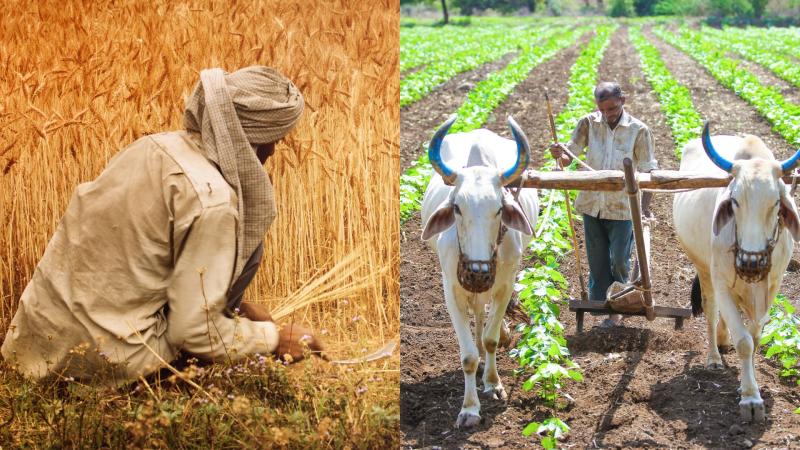

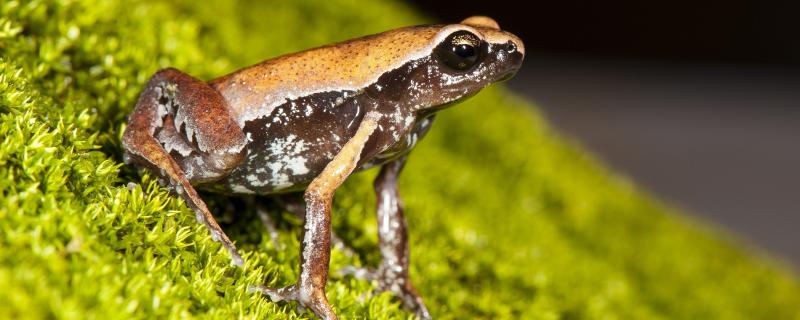
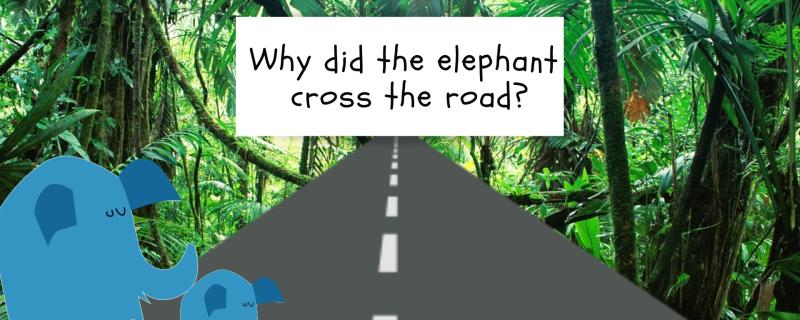
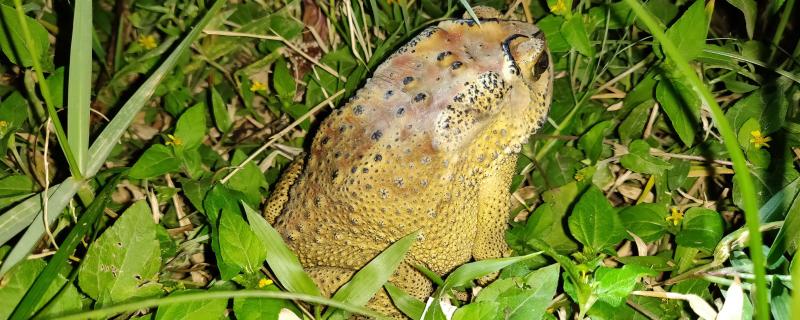
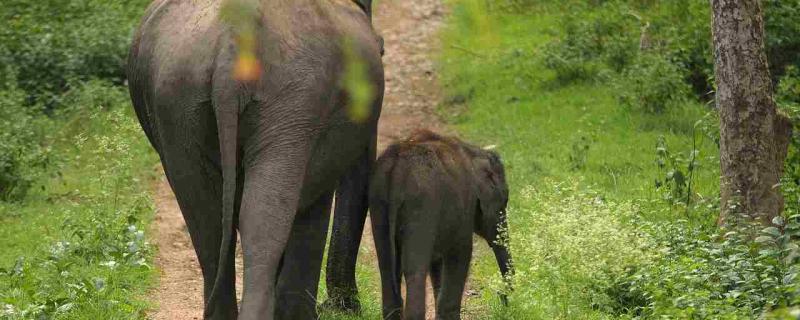
![Photo : The Netravati River by Arjuncm3 [CC BY-SA 3.0 ], from Wikimedia Commons Photo : The Netravati River by Arjuncm3 [CC BY-SA 3.0 ], from Wikimedia Commons](/sites/researchmatters/files/styles/large_front_800x320/public/main_17.jpg?itok=Vk39Te_k)

